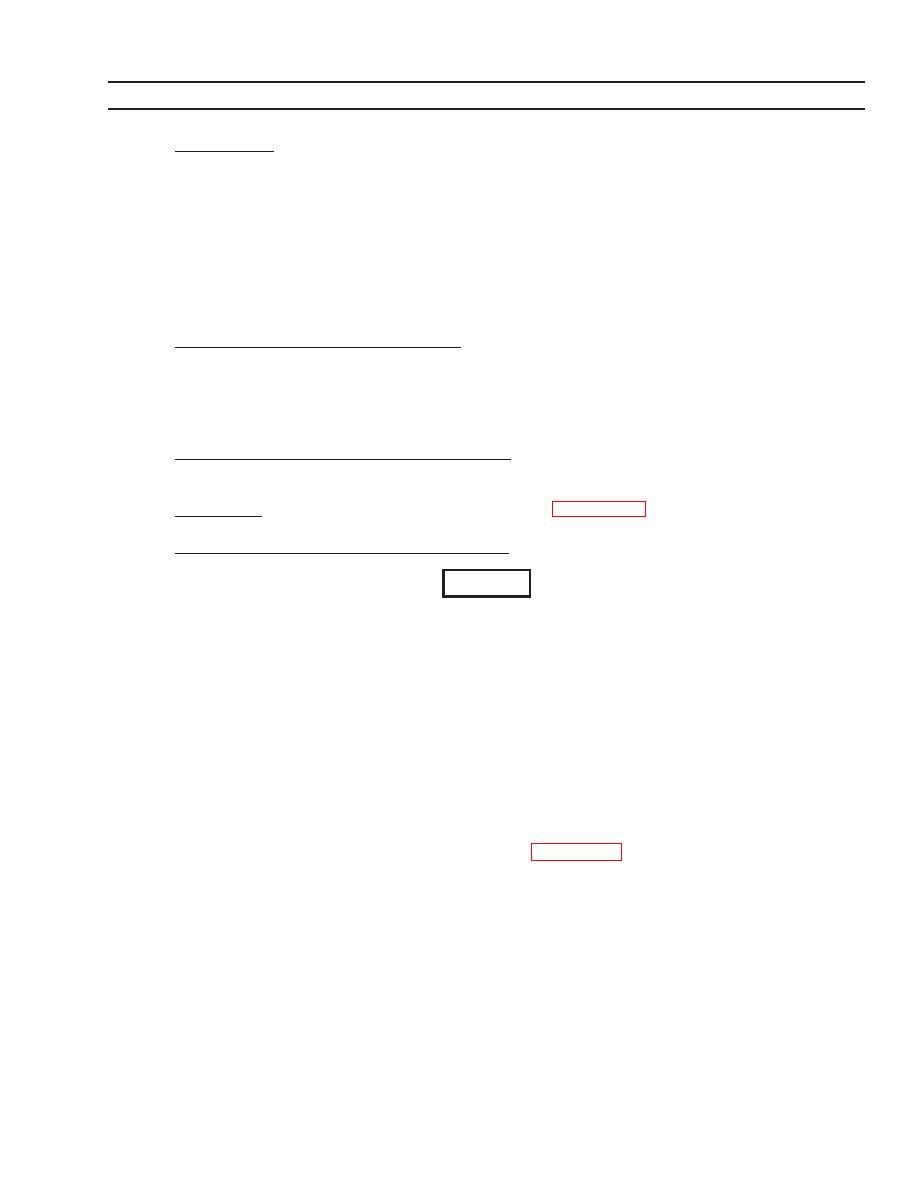
TM 5-2330-325-14&P
4-76.
PREPARATION OF EQUIPMENT FOR ADMINISTRATIVE STORAGE (Continued).
b.
Storage Plan.
(1)
Store equipment so as to provide maximum protection from the elements and to provide
access for inspection, maintenance, and exercising. Anticipate removal or deployment
problems and take suitable precautions.
(2)
Take into consideration environmental conditions, such as extreme heat or cold; high humidity;
blowing sand, dust, or loose debris; soft ground; mud; heavy snows; or any combination
thereof, and take adequate precautions.
(3)
Establish a fire plan and provide for adequate fire fighting equipment and personnel.
c.
Maintenance Services and Inspections.
(1)
Maintenance Services. Prior to storage, perform the next scheduled PMCS.
(2)
Inspection. Inspect and approve the equipment prior to storage. Do not place nonmission-
capable equipment in storage.
d.
Correction of Shortcomings and Deficiencies. Correct all shortcomings and deficiencies prior to
storage, or obtain a deferment from the approving authority.
e.
f.
General Cleaning, Painting, and Preservation.
CAUTION
DO NOT direct water under pressure against unsealed electrical systems of any
exterior opening. Failure to follow this caution may result in damage to equipment.
(1)
degreasing.
(2)
Painting. Remove rust and damaged paint by scraping, wire brushing, sanding, or buffing.
Sand to a smooth finish and spot paint as necessasry (TB 43-0209).
(3)
Preservation. After cleaning and drying, immediately coat unpainted metal surfaces with oil
or grease, as appropriate.
NOTE
Place a piece of barrier material (item 2, Appendix F) between desiccant
bags and metal surfaces.
Air circulation under draped covers reduces deterioration from moisture
or heat.
(4)
Weatherproofing. Sunlight, heat, moisture (humidity), and dirt tend to accelerate
deterioration. Install all covers authorized for the equipment. Close and secure all openings
except those required for venting and draining. Seal openings to prevent the entry of rain,
snow, or dust. Insert desiccant when complete seal is required. Place equipment, and
from item surfaces which may rust, rot, or mildew.
4-109

